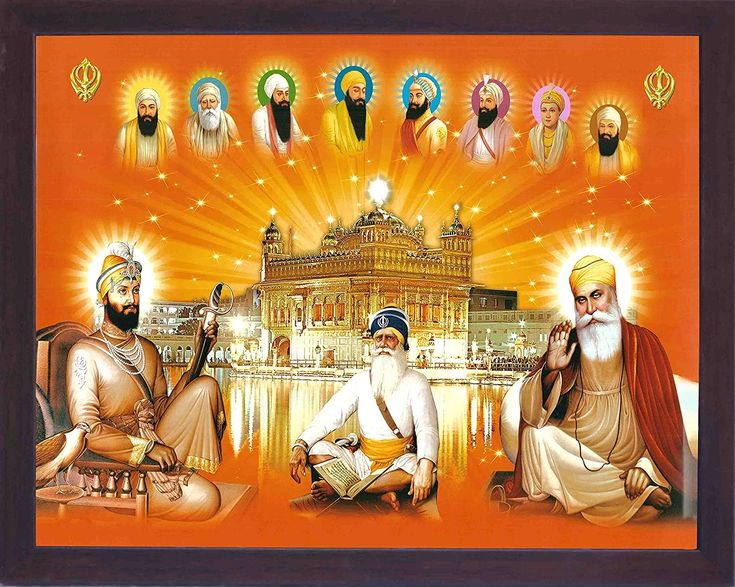The turban, also known as “dastaar” or “pagri,” holds significant cultural, religious, and historical importance in the Sikh community. Wearing a turban is a visible symbol of Sikh identity and adherence to Sikh values and principles. This essay will explore the reasons why Sikhs tie turbans and the significance behind this practice.
Identity and Equality
Wearing a turban is an essential aspect of Sikh identity. It distinguishes Sikhs from other communities and represents their commitment to the Sikh faith and its teachings. The turban is a visible sign that Sikhs are members of the Khalsa, the community of initiated Sikhs who have committed to upholding the principles of Sikhism. It promotes a sense of unity, equality, and pride among Sikhs, regardless of their social or economic status.
Respect for Hair
Sikhs believe that hair is a sacred gift from God and should be kept intact as a symbol of their devotion. Sikhism teaches that the human body is a temple of the divine, and maintaining unshorn hair is an act of respect for this gift. Tying the hair in a turban helps keep it clean and protected. The turban also serves as a reminder to treat one’s hair with reverence and avoid cutting or altering it.
Connection to Sikh Gurus
The turban has historical significance in Sikhism and is deeply connected to the lives and teachings of the Sikh Gurus. Guru Nanak Dev, the founder of Sikhism, wore a turban, and his successors continued this practice. The Sikh Gurus set an example by embracing the turban as a part of their daily attire. Sikhs see the turban as a way to connect with their spiritual lineage and honor the teachings of the Gurus.
Equality and Sovereignty
The turban represents the sovereignty and equality of all individuals. In Sikhism, the turban is associated with the concept of “Miri-Piri,” which emphasizes the harmony between temporal and spiritual realms. By wearing a turban, Sikhs assert their sovereignty and refuse to submit to societal pressures or oppressive forces. It signifies that Sikhs are committed to upholding justice, truth, and equality.
Protection and Discipline
The turban serves as a form of protection and discipline. It shields the hair and head from external elements, including dust, heat, and pollution. Tying a turban requires patience, discipline, and skill, reflecting the commitment and self-control necessary to live a virtuous life. It encourages Sikhs to maintain discipline in their thoughts, actions, and daily routines.
Visibility and Awareness
The turban acts as a means of visibility and raising awareness about Sikhism. Sikhs wearing turbans become recognizable ambassadors of their faith, sparking curiosity and opportunities for dialogue. The turban invites questions, allowing Sikhs to educate others about their beliefs, values, and principles of Sikhism. It helps foster understanding and dispel misconceptions about the Sikh community.
Tradition and Cultural Heritage
Tying a turban is deeply rooted in Sikh tradition and cultural heritage. It connects Sikhs to their historical roots and signifies their participation in a community with a vibrant history. The turban is associated with Sikh warriors and freedom fighters who fought to uphold justice and protect the oppressed. Wearing a turban is a way of honoring their sacrifices and preserving the legacy of Sikh traditions.
What significance do the turban’s colors have?
Each one of my more than 20 turbans is a distinct color.
The color of a particular turban has no religious significance. Any color or pattern of turban is acceptable for wear. Traditionally, people dress in hues like orange, blue, and white for religious holidays and events. Sikh weddings usually feature red attire.
Choosing the color of my turban and how it will match my shirt, jeans, jacket, and shoes is one of the important decisions throughout my daily ritual. Each one of my more than 20 turbans is a distinct color.
How many different types of turbans exist?
People wear turbans in a variety of broad styles, and each design has a lot of room for customization depending on the wearer’s tastes. A bigger, rounder turban is called a dumalla. Some Sikh men have tied a smaller circular turban. The majority of circular turbans worn by Sikh women are also round. A parna is a more compact circular turban that is frequently knotted with a heavier patterned or checked material.
In conclusion, tying a turban holds immense significance for Sikhs. It symbolizes Sikh identity, equality, respect for hair, connection to Sikh Gurus, sovereignty, protection, discipline, visibility, and cultural heritage. By wearing a turban, Sikhs embody the values and teachings of Sikhism while also contributing to a visible presence of Sikh identity in the world. The turban serves as a constant reminder of the Sikh commitment to righteousness, justice, and equality for all.








